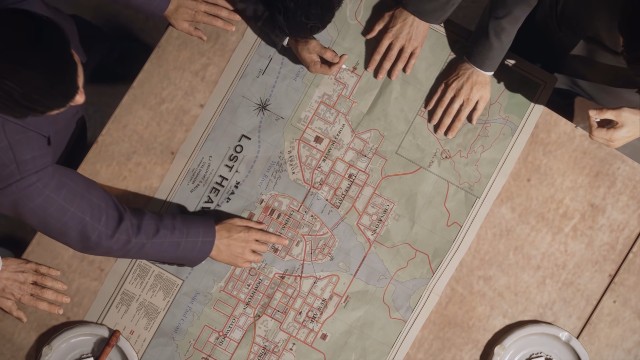The question of whether or not Mafia is an open-world game is an interesting one. On the one hand, its environment meets the definition of being “open-world.” On the other, the narrative pushes you along a very specific path, negating much of the openness of the game’s map. We’ll be looking at the merits of whether Mafia and its remake, Mafia: Definitive Edition, are open-world games below.
Is Mafia open-world?
The original Mafia was developed during a critical time in gaming. The introduction of the sixth-generation consoles (PS2, Xbox, and GameCube) along with cheaper, more powerful enthusiast PC components allowed developers to push the boundaries of what a game can do. The beginnings of open-world game design can be traced back to the 1980s, but really hit the mainstream with Rockstar’s Grand Theft Auto 3.
At the same time that Rockstar was developing GTA3, 2K Czech was working on their own crime story. Although Mafia released just a year after GTA3, its graphics and world simulation were superior in almost every way.
Mafia‘s story mode isn’t open-world in the traditional way because it keeps you on a very linear path. Unlike with GTA3, where players have to travel to quest givers actively, Mafia goes from mission-to-mission with little incentive to stray off the path.
However, Mafia‘s freeride mode would definitely be considered an open-world sandbox. There, you’re free to take on side quests, explore the city, and do pretty much whatever you want without consequence.
So, the answer to whether or not Mafia and Mafia: Definitive Edition are open-world games isn’t a clear cut one. It all depends on how you personally define “open-world.” Some will think the fact that the player’s path through the city isn’t artificially blocked during missions is enough to make it open-world. Others will find the story’s linear narrative too constricting for the game to fall under that genre.







